A research project which explores how the food on plateau can be inclusive.
“… Cooking is a language, through which society unconsciously reveals its structure.” – Claude Lévi-Strauss ~ The Origin of Table Manners: Mythologiques, Vol. 3, 1968
“… la cuisine d’une société est un langage dans lequel elle traduit inconsciemment sa structure, à moins que, sans le savoir davantage, elle ne se résigne à y dévoiler ses contradictions.” – Claude Lévi-Strauss (1908-2009)

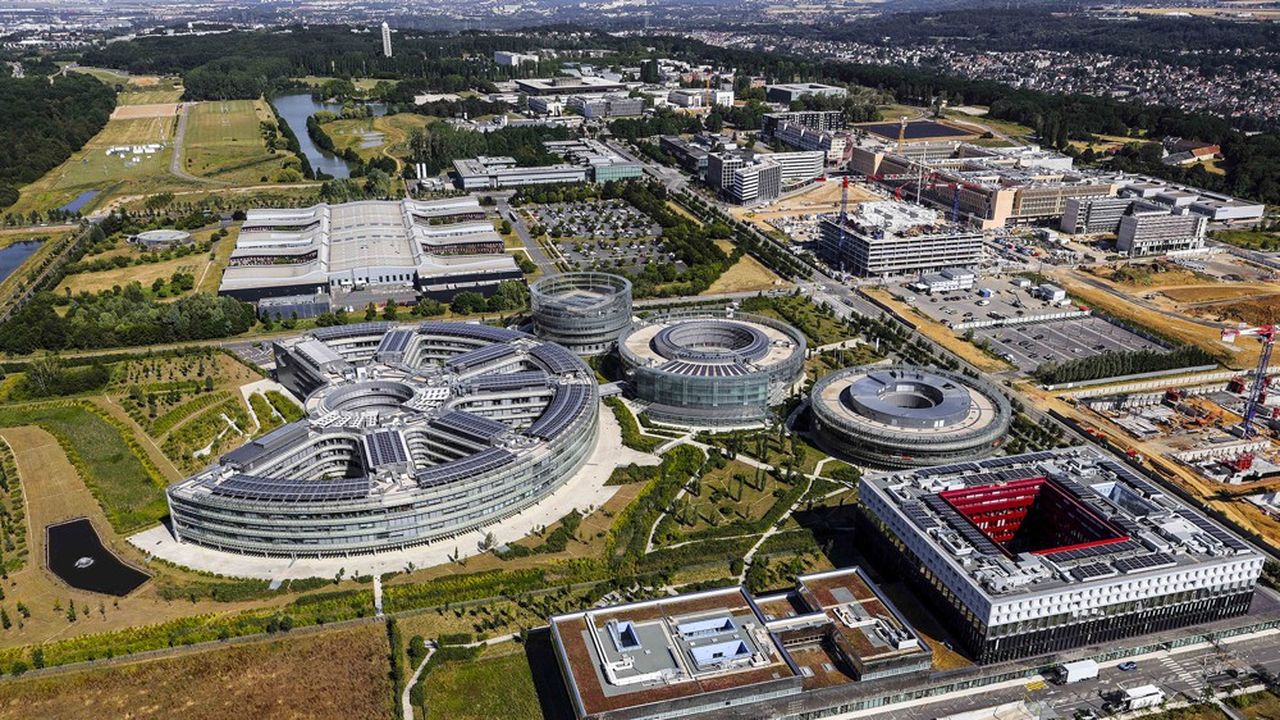
To begin with, we want to draw your attention to the way we organize ourselves and our electronics—the cold, hyper-efficient way. There are astounding similarities in the two pictures above.
The reason we want to bring forward food as an agent for inclusion was because unlike our architecture and electronic circuits, food is an essential part of every culture, food is wholesome. A good hot meal can not only boost your productivity in unmeasurable ways but can also improve your well-being holistically. The sharing of meals is a simple act where holiness resides in each one of us. We wanted to understand the habits of eating and the consumption of food at plateau, just like the electricity that runs our electronics, the one I am using right now to type and the one you are using right now to read—similarly the food is what keeps our Plateau Saclay running, basically every other part of the world too.
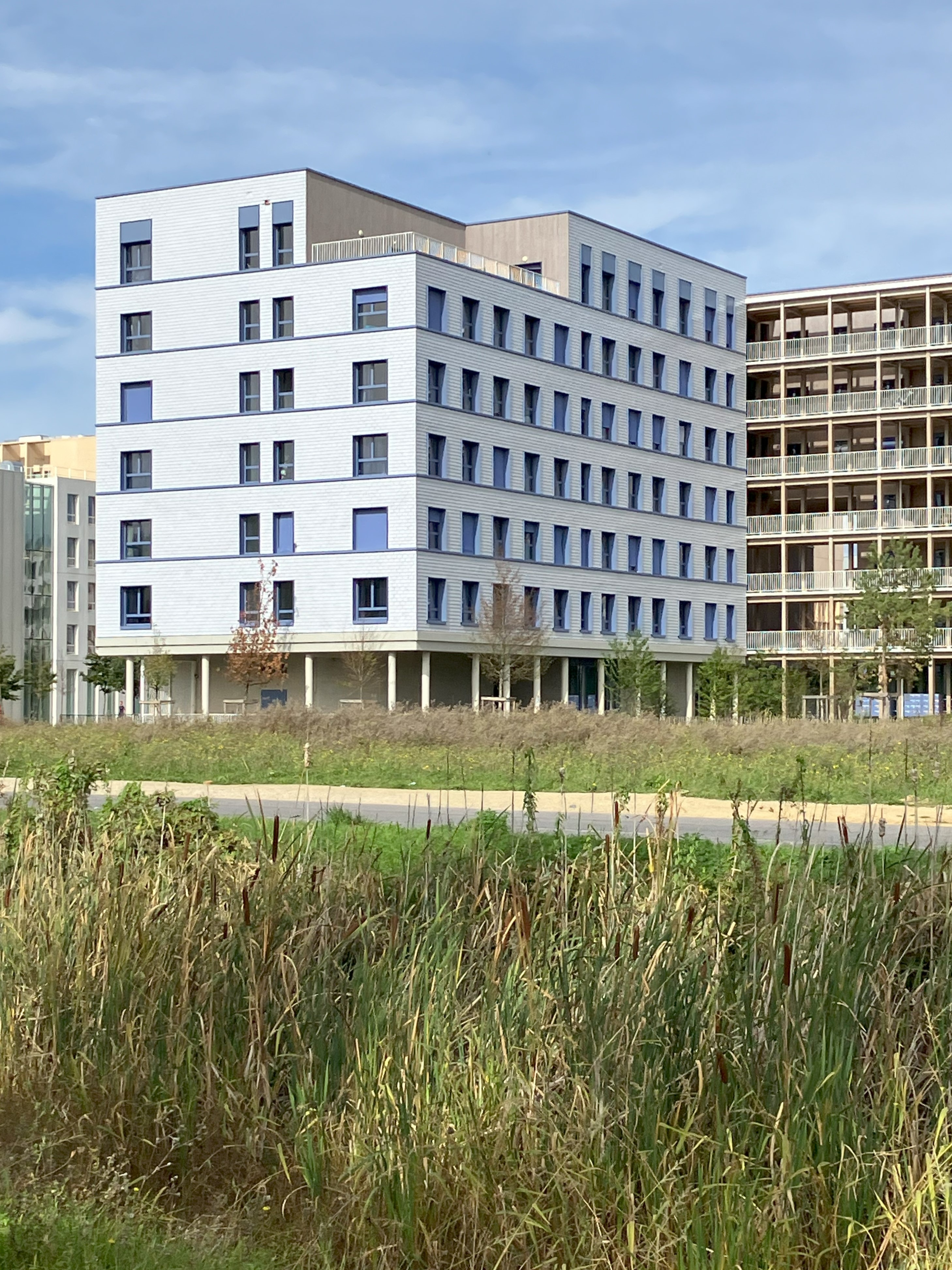
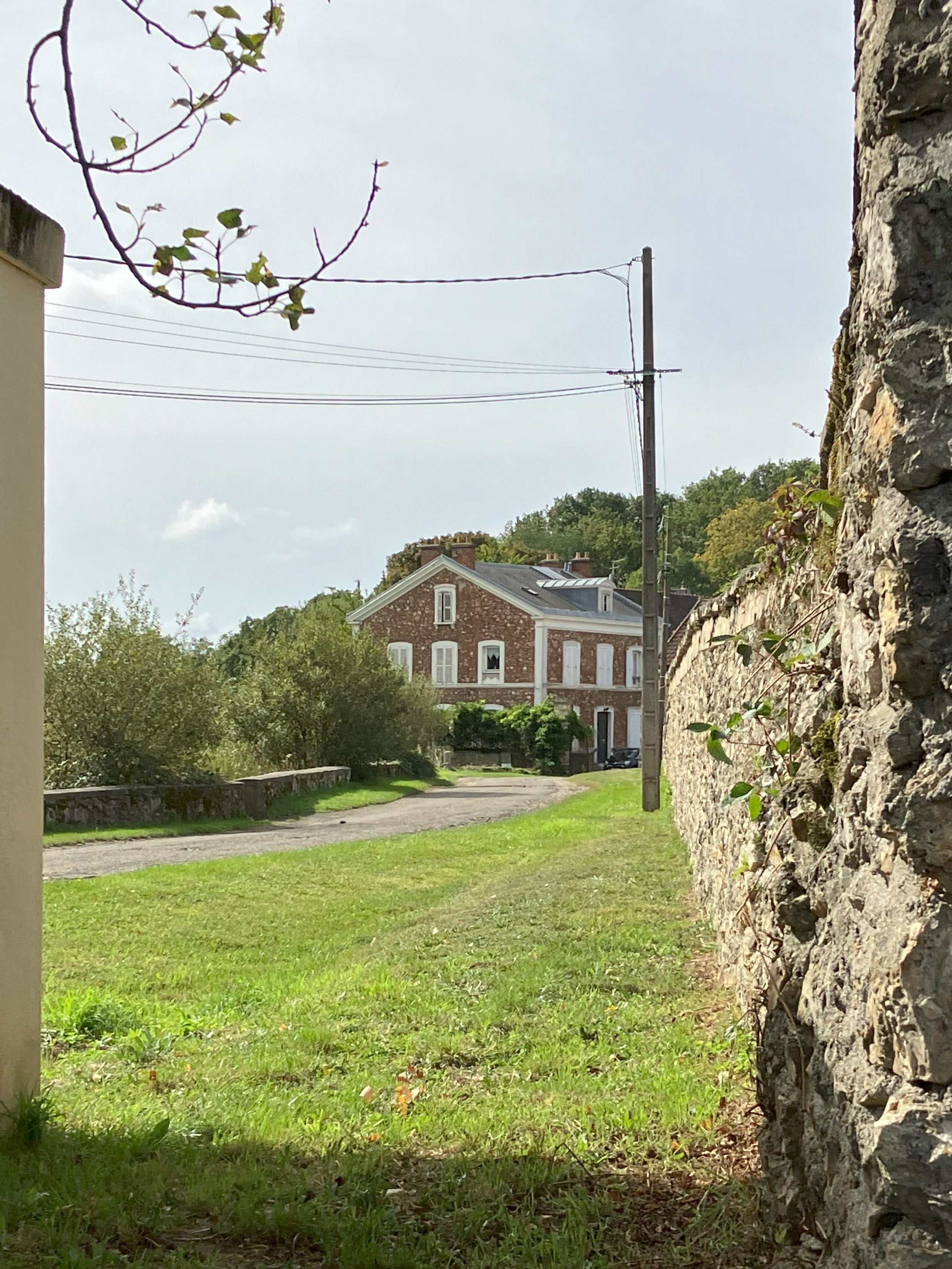
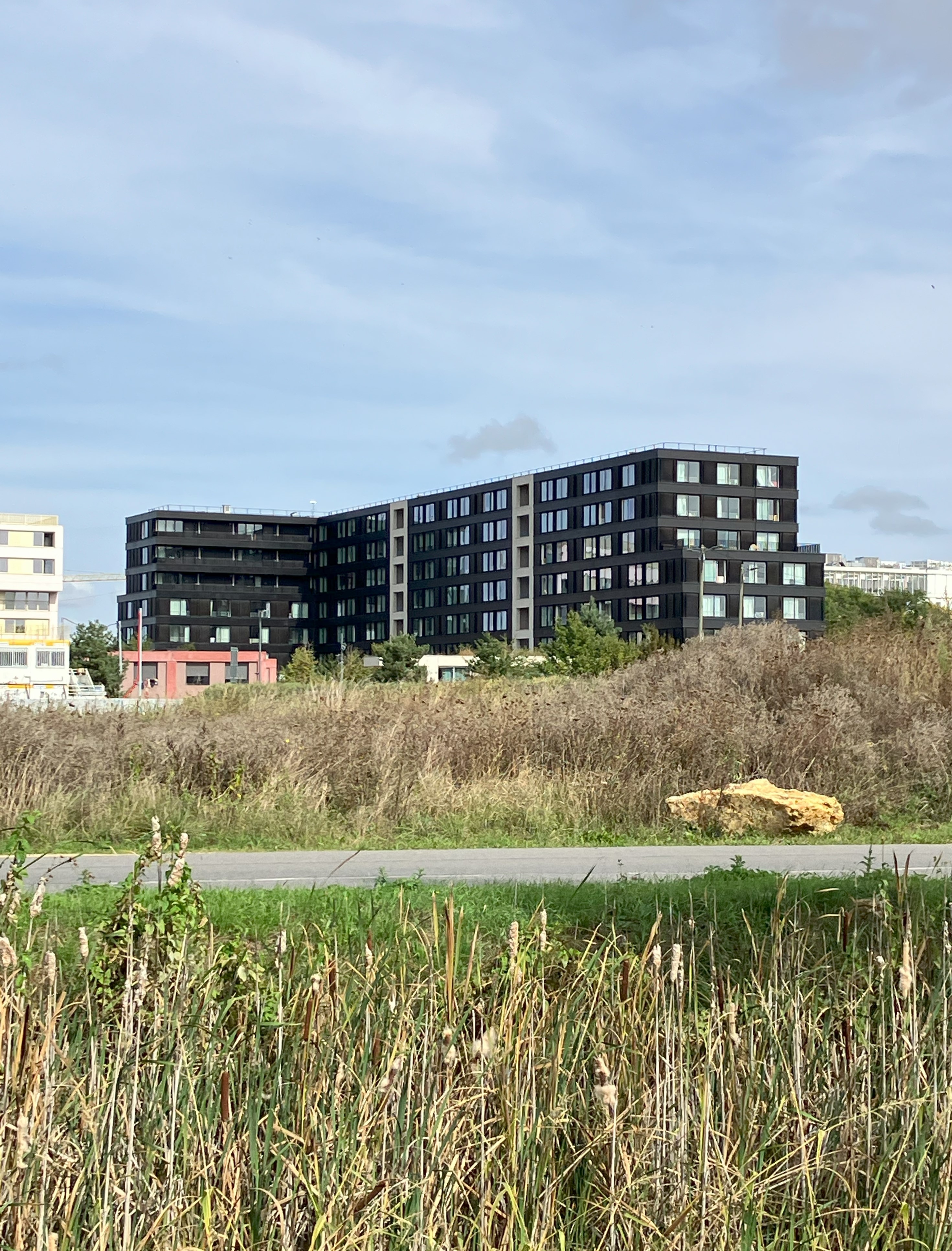
Observations
- Restaurants in the vicinty leaving direction for the fellow saclayains to find food.
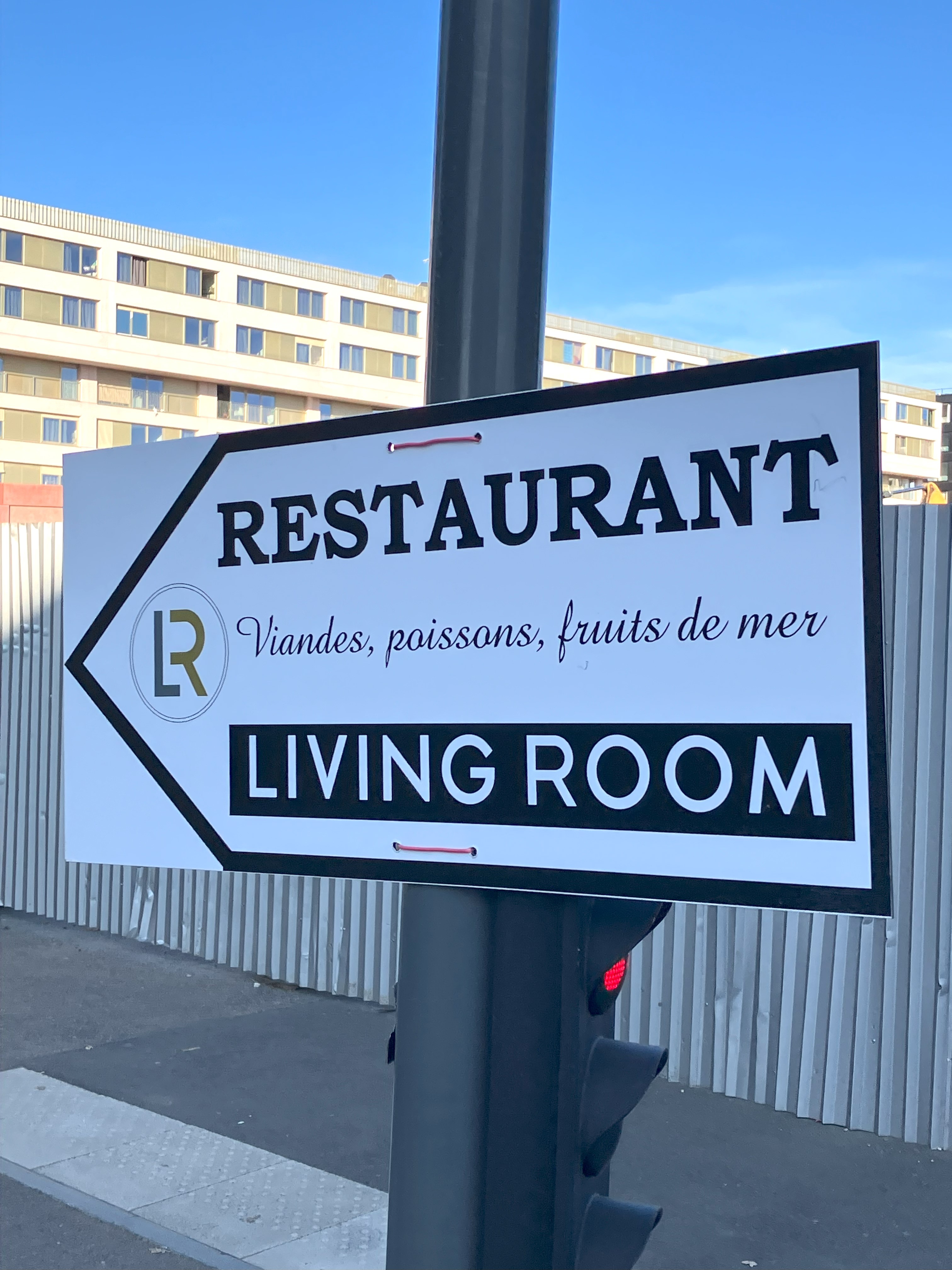
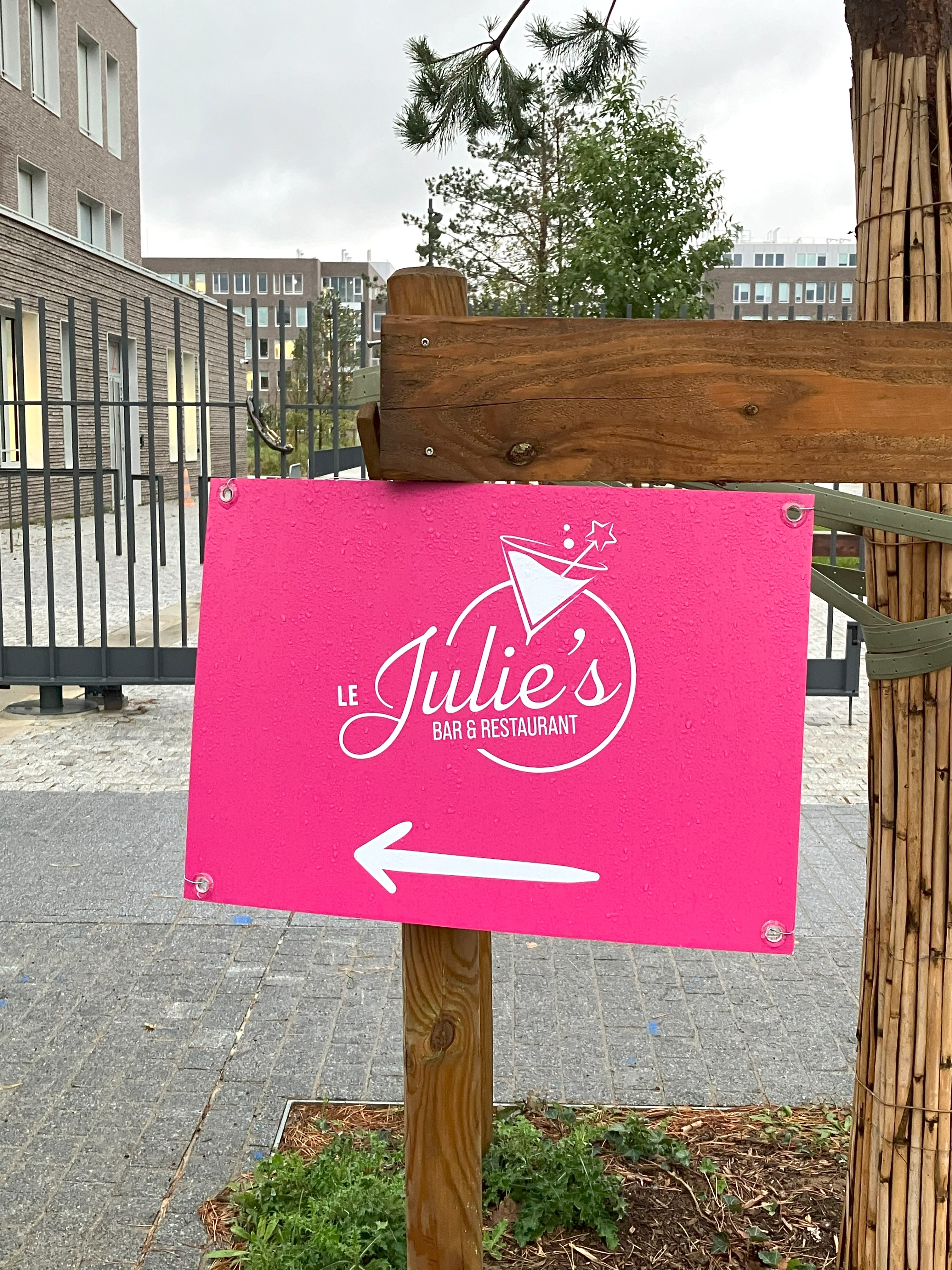
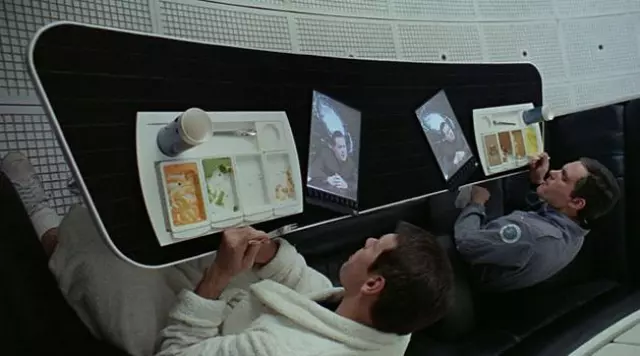
If we look carefully at the 1968 movie 2001:A Sapce Odyssey, it envisions a future in which people eat meals while staring at images on flat, portable rectangular screens.
- Just as an experiment, inspired by William Whyte (Studying Public Life) – We wanted to see the coalition between the students eating food at Crous in the evening. And measure how we group ourselves during that period. We decided to tally the people coming out from the Crous Resto (AgroParisTech) between the time 19h35-20h05 (30 mins) to get a vague idea of the coalition.
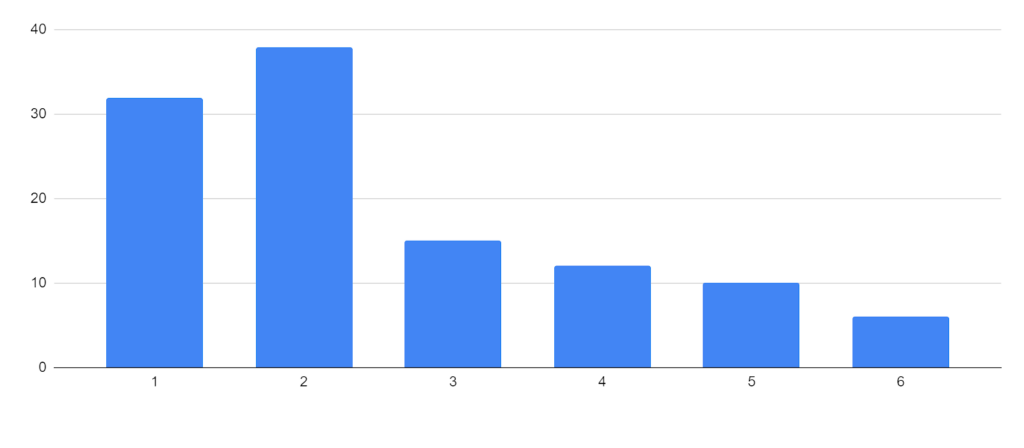
We observed in total 113 people, out of which 32 left the Crous alone, 30 percent of the total. Majority of people who exited the resto were in duo, in total 38, one-third of the total. The biggest group we observed was 6 students.
The proposition is simple: if one enters the Crous with a group, one tends to leave with the group as well; reasons- polite courteous(ness) and our socially autonomous group-forming.
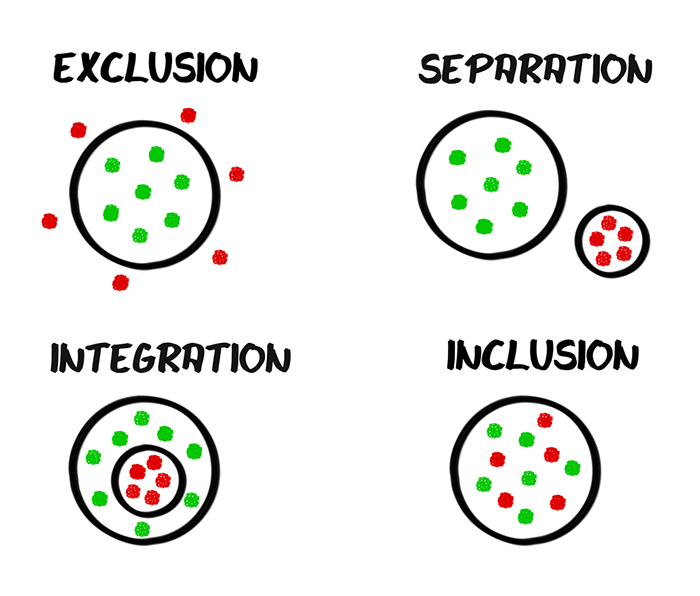
Between the two opposites of inclusivity and exclusivity lies fluid separation and integration, with the bar chart above we would clearly see the people who were excluded or chose themselves to exclude, while a large proportion—that is one-third of them separated in pairs and merely 43 people chose to make groups larger than two, that is expotentially less than half people we observed.
Food is just one side of the coin, the other side is the residue, leftover, waste, trash, expired, thrown away !
It is as important to look into food as it is to pay attention to waste we produce as a society.
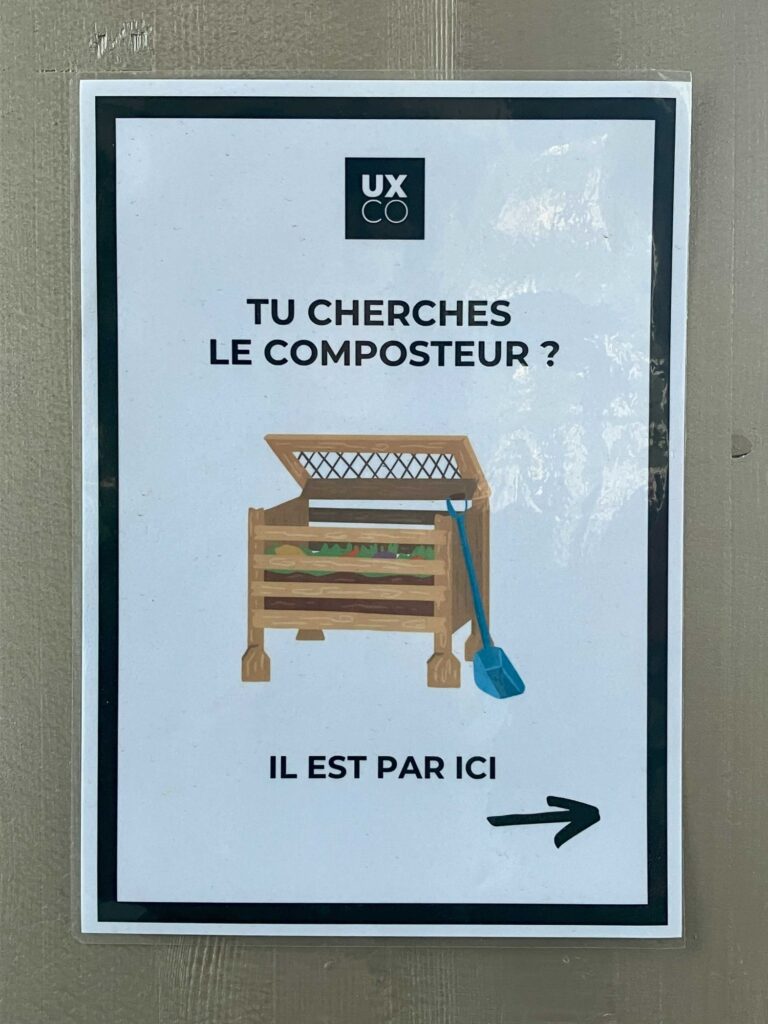
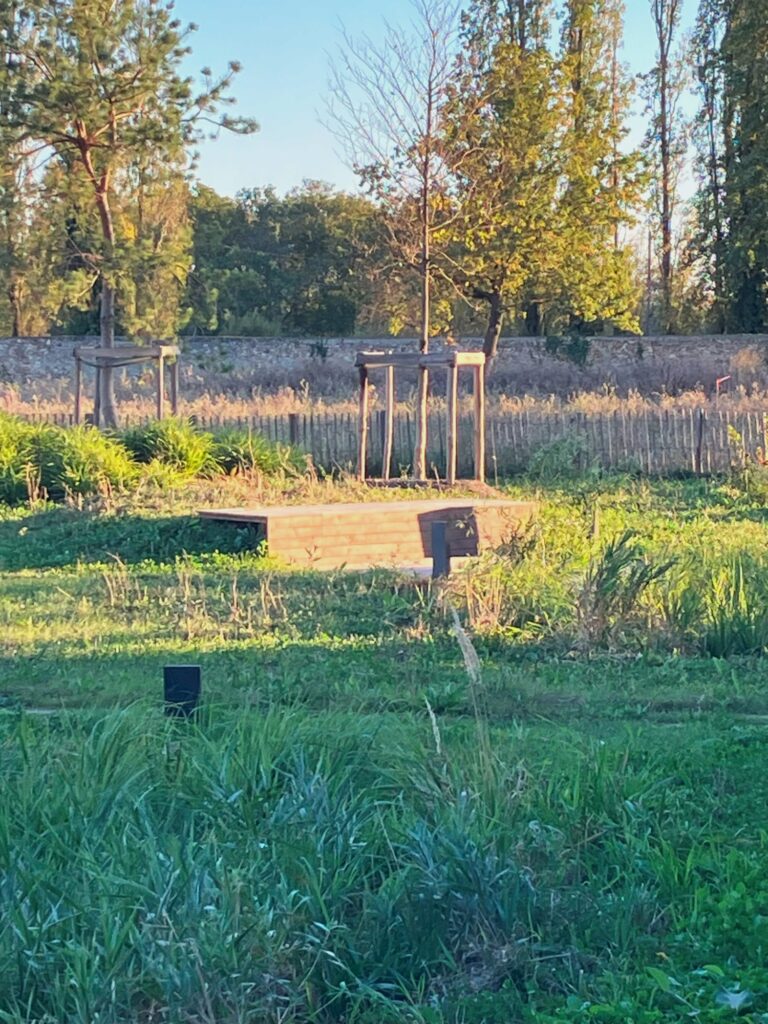
While interviewing one of the candidates, we got a chance to get inside one of the student resisdence (Résidence étudiante UXCO Student Hacker – Palaiseau), where there were multiple signs showing the direction for the compost, to our surprise, the container was empty. The essential waste is wasted away.
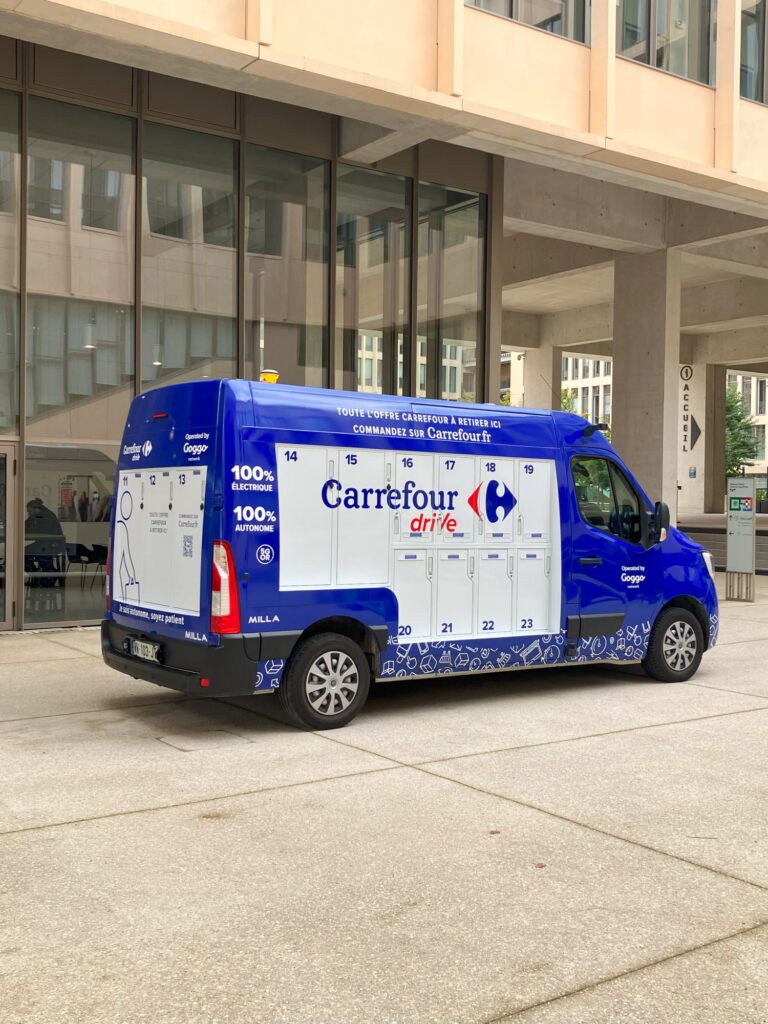
What could be the menu of Plateau Saclay ?
As an experimental speculative exercise, we asked 26 people to fill in an empty menu, of what would they like to eat at Plateau Saclay. We designed a simple template with following options to fill in including the price they would like to pay:
- Entrée
- 1 Plat Principle
- 2 Plat Principle
- 3 Plat Principle
- 1 Dessert
- 2 Dessert
- 1 Boissons
- 2 Boissons
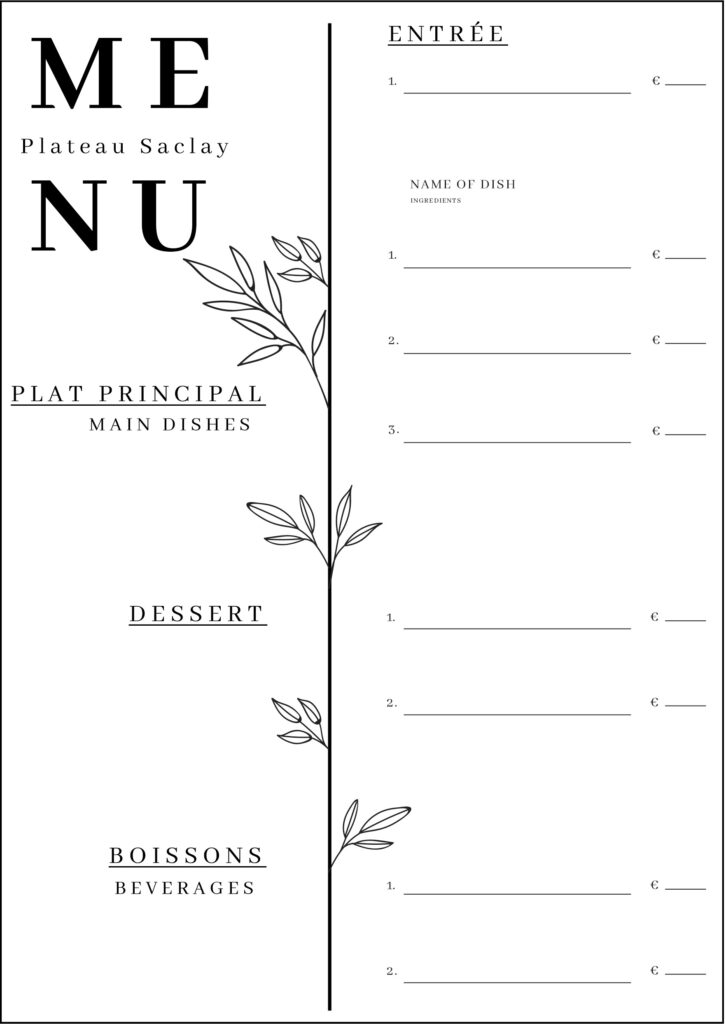
Menu Analysis
Data of different cuisine with their origin and the price, people were wiling to pay.[https://docs.google.com/spreadsheets/d/1k90Frcm8deRiAYfKfW_fTSnMqqN4hKAoEQBVlcFIpEs/edit?usp=sharing]
As we can see, the most popular options on the menu were from French, Italian and Asian cuisine, consisting of 61.4% in total. Certain dishes from the South-America were popular on the menu too, almost making 15% of the dishes on the menu.
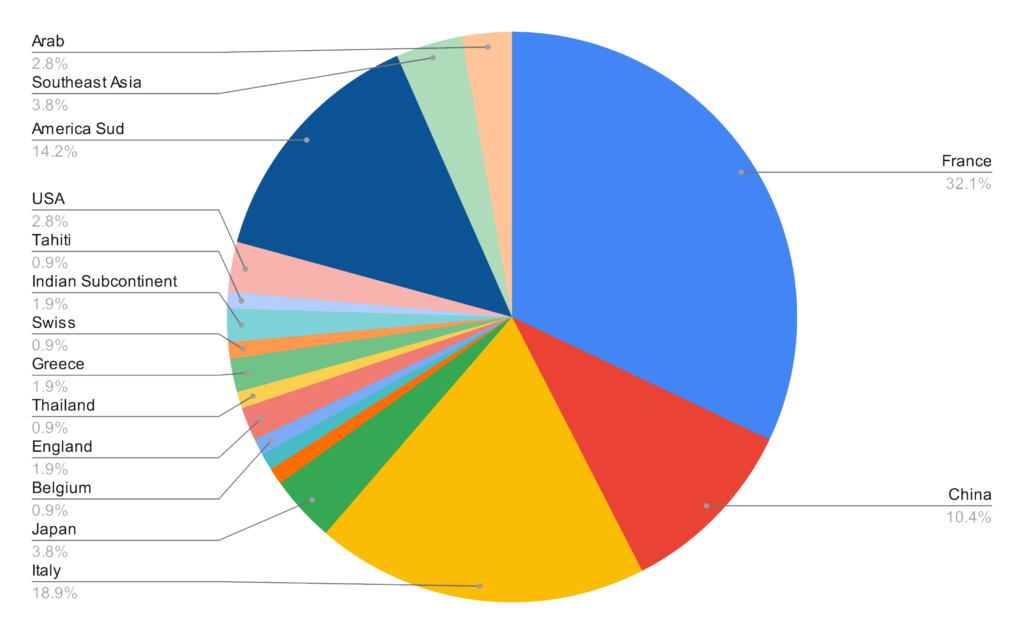
We asked our participants to fill the prices for the each dish on Menu of Plateau Saclay. We saw people were happy to pay between 0 to 129 euros for a variety of different options we asked with an average of 24.16 euros.
Breakdown of each part of the meal (average in Euros) –
- Entree – 2.9
- Plat Principal (3) – 4.46
- Dessert (2)- 2.65
- Boissons (2)- 1.29
We can easily see on an average, our participants will happily spend (total of the averages above) 11,3 euros for a single meal consisting of an entree, a plat principal, a dessert and a boissons.
From qualitative observations, we were able to conclude that the participants were eager to eat something from their motherland or hometown. This also raises an interesting question of if multi-culturalism in the diveristy of food could actually lead to inclusivity or not ?!
Food for thought, thoughtful food
We also created a small survey (google form) to know more about the food habits of the visitors and residents of Plateau de Saclay
In our survey of 64 respondents, we found that:
- 45 individuals reside on the Plateaux.
- Food preferences:
- 29 are non-vegetarian.
- 18 are flexitarian, occasionally consuming meat.
- 8 are vegetarian.
- 2 are pescatarians who eat fish.
- 1 individual has varied food preferences.
- 1 follows a regular diet.
- Preferred food shopping locations on the Plateaux:
- Intermarche is favored by 30 people.
- Other options include marché de Gif, Paniers Terre à Terre, Lidl, Biocoop de Jouy en Josas, etc.
- Specific diets:
- Gluten-free, coeliac, religious dietary restrictions, dairy-free, and Halal preferences are mentioned.
- Eco-consciousness in food consumption:
- Most respondents are environmentally conscious, with 19 often, 16 sometimes, and 9 almost always considering environmental impact.
- Cooking habits:
- 56 people cook for themselves, with various cooking arrangements and shared meals in colocations.
- Distance for food procurement:
- Most respondents acquire food locally, but some use cars for shopping.
- Dining locations:
- 22 individuals dine at Crous, 10 at respective school cantines, and others at various locations including supermarché, lunchbox, and local eateries.
- Budget for lunch:
- 45 people spend between 0€ – 3.99€, which tells us that they are largely eating at crous, 16 people spend between 4€ – 7.99€, and 3 spend 8€ – 11.99€ daily.
- Awareness of local products:
- 49 respondents are aware of at least one local producers or organisations that faciliting the local produce. Unfortunately, the most of people who are aware of it are French, so not so many international students know about this existing options.
- Overall satisfaction:
- 26 individuals are satisfied, while 32 expressed dissatisfaction, citing reasons such as limited options, desire for more diverse offerings, and availability of specific dietary choices.
The student feedback on improving food on Plateaux calls for a number of measures, including establishing a competitive supermarket, increasing the availability of diverse restaurants, creating a market with fresh produce, introducing convenient snacking options, and providing more affordable dining options. The feedback also highlights the need to improve the quality and variety of meat options, expand the availability of Halal products and vegetarian/vegan options, address the lack of evening food options, establish a solidarity-based grocery store and an Asian specialty grocery store, offer healthier food truck options, enhance the quality and availability of Crous services, and increase the number and variety of restaurants and specialized food providers in the area. Finally, the feedback emphasizes the need for more affordable and extended food service hours, as well as a local supplier for fresh fruits and vegetables.
In summary, the student feedback calls for a more diverse, accessible, and affordable food scene on Plateaux, with a focus on quality and convenience.
We also asked AI on how to make food inclusivie Plateau Saclay and results were as follows :
Firstly, we asked AI to create a scenarios for inclusive food at Plateau Saclay and we got the next 24 scenarios :
- Opening Scene: A sunrise over the rolling hills of Plateau Saclay, capturing the serene beauty of the landscape.
- Local Farmers: Close-ups of farmers tending to their crops, emphasizing the connection between the land and the community.
- Diverse Food Stalls: “A bustling food market with stalls offering cuisines from around the world—students sharing meals and stories.”
- Affordable Eateries: A student counting coins at a food truck, highlighting the importance of affordability.
- Danone’s Research Lab: Scientists in lab coats discussing sustainable food innovations—algae-based protein, vertical farming.
- Cultural Cooking Classes: A French chef teaching sushi-making to international students, promoting cross-cultural understanding.
- Community Gardens: Children planting seeds in a community garden, learning about local produce.
- Mobile Food Vans: Vans delivering fresh produce to underserved neighborhoods, breaking food deserts.
- Waterways and History: Drone shots of interconnected ponds—a nod to Versailles’ water supply legacy.
- Hall of Mirrors Inspiration: A chef creating a visually stunning dish inspired by the Hall of Mirrors’ reflections.
- Plateau de Moulon Feast: A communal picnic with families sharing baguettes, cheeses, and laughter.
- Local Chefs Collaborate: Chefs from different backgrounds experimenting with fusion dishes—French-Indian crepes, anyone?
- Sustainable Practices: Farmers using eco-friendly methods—no pesticides, composting.
- Food Truck Rally: Trucks lining up for a food festival—students dancing to global beats.
- Inclusive Menus: Menus in multiple languages—students ordering in Mandarin, Spanish, and Arabic.
- Harvest Celebration: Locals dancing around a bonfire, celebrating the fall harvest.
- Food Photography Workshop: Students capturing vibrant dishes against scenic backdrops.
- Versailles Fountain Reimagined: A pastry chef creating edible fountains—chocolate cascades and fruit sprays.
- Hidden Culinary Gems: An elderly woman sharing her secret recipe for saffron-infused soup.
- Food Truck Love Story: Two chefs from rival trucks falling in love over shared spices and late-night chats.
- Plateau de Villaroy Picnic: Families spreading blankets under ancient oaks, savoring baguette sandwiches.
- Cookbook Exchange Club: Students swapping family recipes—grandma’s bouillabaisse meets mom’s biryani.
- Food Waste Awareness: A composting workshop—students turning scraps into fertile soil.
- Closing Scene: Sunset over Plateau Saclay—the community breaking bread together, united by food.
every meal tells a story—a tale of heritage, resilience, and shared humanity. 🌎🍴
Secondly, we used these propmts to create a few second visuals using runaway AI tool and juxtaposed the complied visuals next to our interviews to see the vision of inclusion by an AI and the current state of food(ing) at the Plateau Saclay.
Interviews
We interviewed 7 different students from different cultural background, someone volunteered through our google survey, some were random interactions. We structured our questions in three broad categories and oftentimes we also improvised by asking follow-up questions to better understand their prespective on food at Plateau Saclay –
Hello,
Thank you for taking part in this study. My name is Shikhar and Karyna, We are design students and we asked you to participate today because we want to better understand your point of view on food at Plateau Saclay. 👉
I'm simply going to ask you a few questions. There is no right or wrong answer, I really want to understand your experience, your motivation and your expectations when eating or making or consuming food/lunch/dinner in or around Plateau Saclay. Here’s
the authorisation form to film and record you.
.
You can stop me any time you want and you can ask me questions if some things are not clear to you.
Do you have any questions at this stage?
Let’s get started.
Tell me a little about yourself…
Topic #1 - Food habits at Plateau Saclay
Tell me about where you eat your lunch and dinner ? (space)
If you eat in crous - why do you eat there
Do you eat your lunch or dinner with your friends ? (company - socializing)
Could you describe to me what you cook during the week, if you cook ?
Topic #2 - Space
Do you think there is enough space for you to cook your food and share it among your friends ?
Topic #3 - Anecdote
Could you describe to us a funny anecdote about food or cooking if you can remember any ?!
Can you please describe food on plateau using one word ?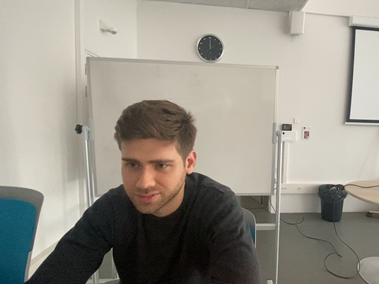
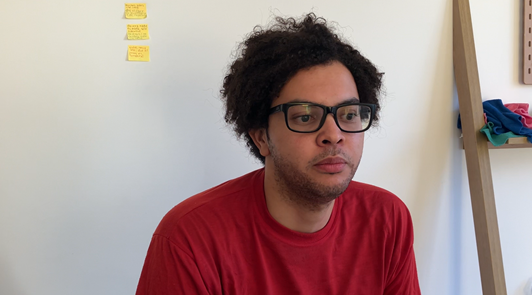




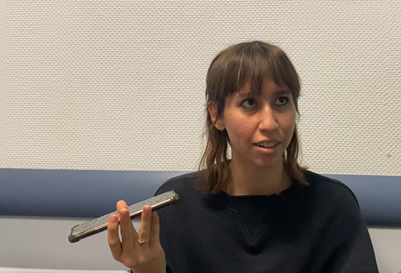
Here is what we found – (qualitative data)
Food Preferences
Participants mostly gave preference to crous food or to university restaurants because of cheap prices. One of the participant mentioned that she doesn’t like crous food because of the amount of butter they add to food, so she prefers to cook food at home. As we interviewed students, almost all of them prefer already prepared food like frozen food which they can just heat in the microwave.
Anecdotes
People shared their unique food stories. A participant talked about cooking Ukrainian dishes for an international cooking event. Another female participant had a funny moment trying to order a croissant, struggling with her accent and having to say it a bunch of times. A Brazilian student mentioned that he is satisfied by food because he has never seen a pigeon around the restaurants. And there’s a student who saw crous workers booting a cat out.
Responses ranged from “limited” and “satisfactory” to “cheap”, “simple”, “fulfilling” and one person even mention that food is satisfactory for him. One person mentioned that crous food is “without spices”.
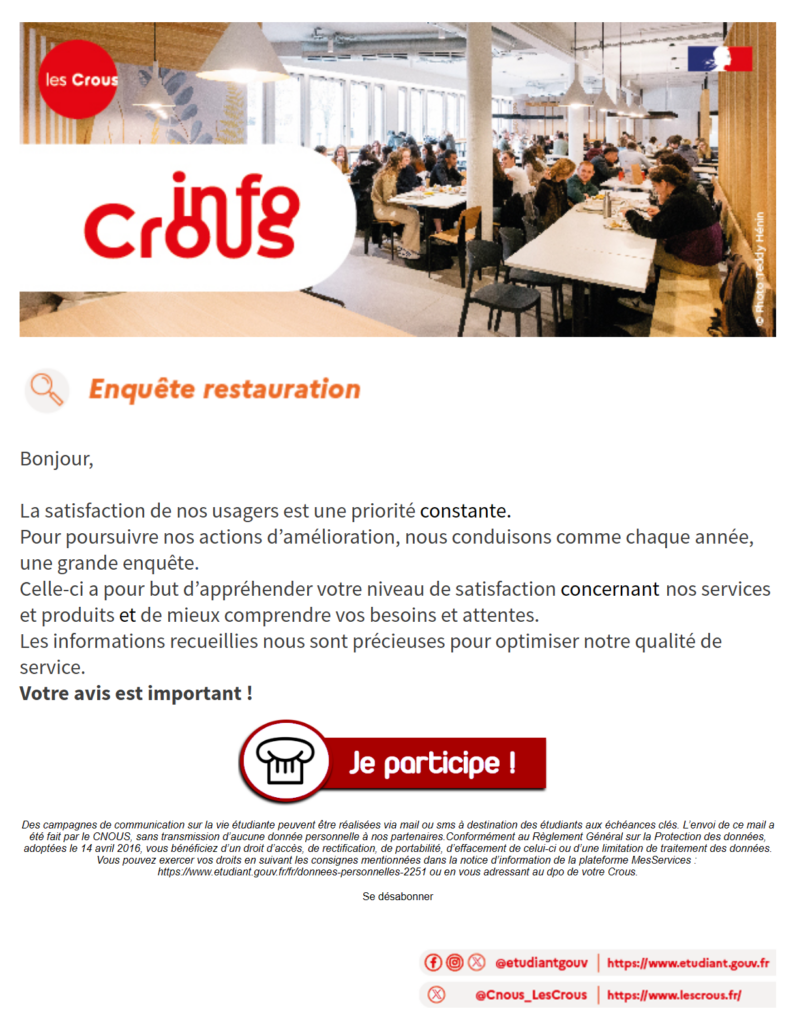
During last few weeks we also came across the annual survey from CROUS and there were a few similarities in the questions posed.
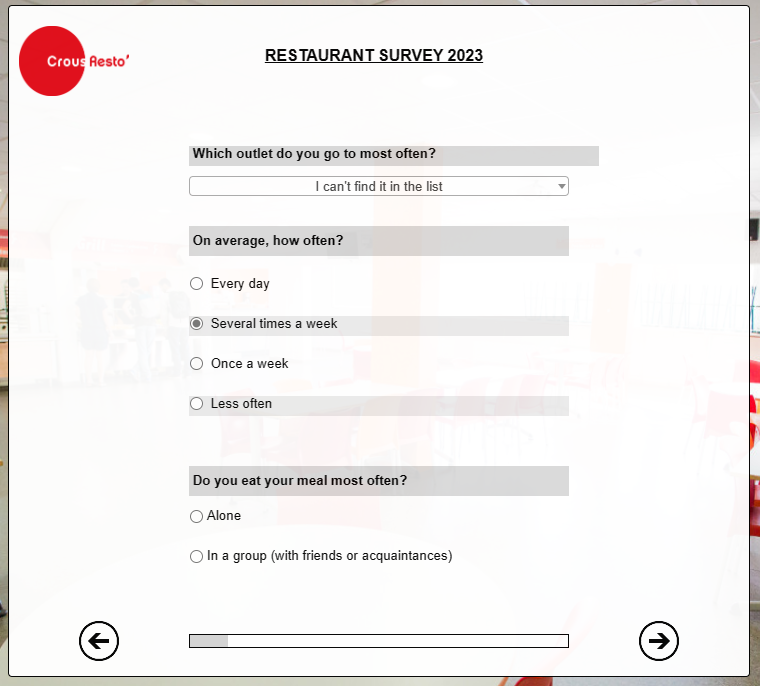
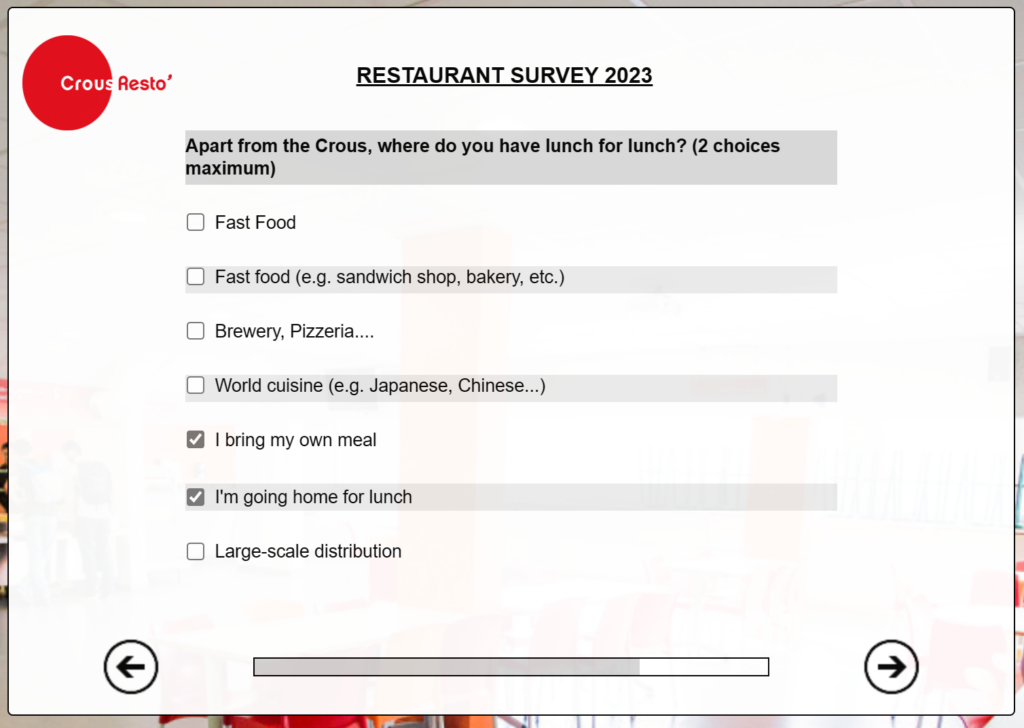
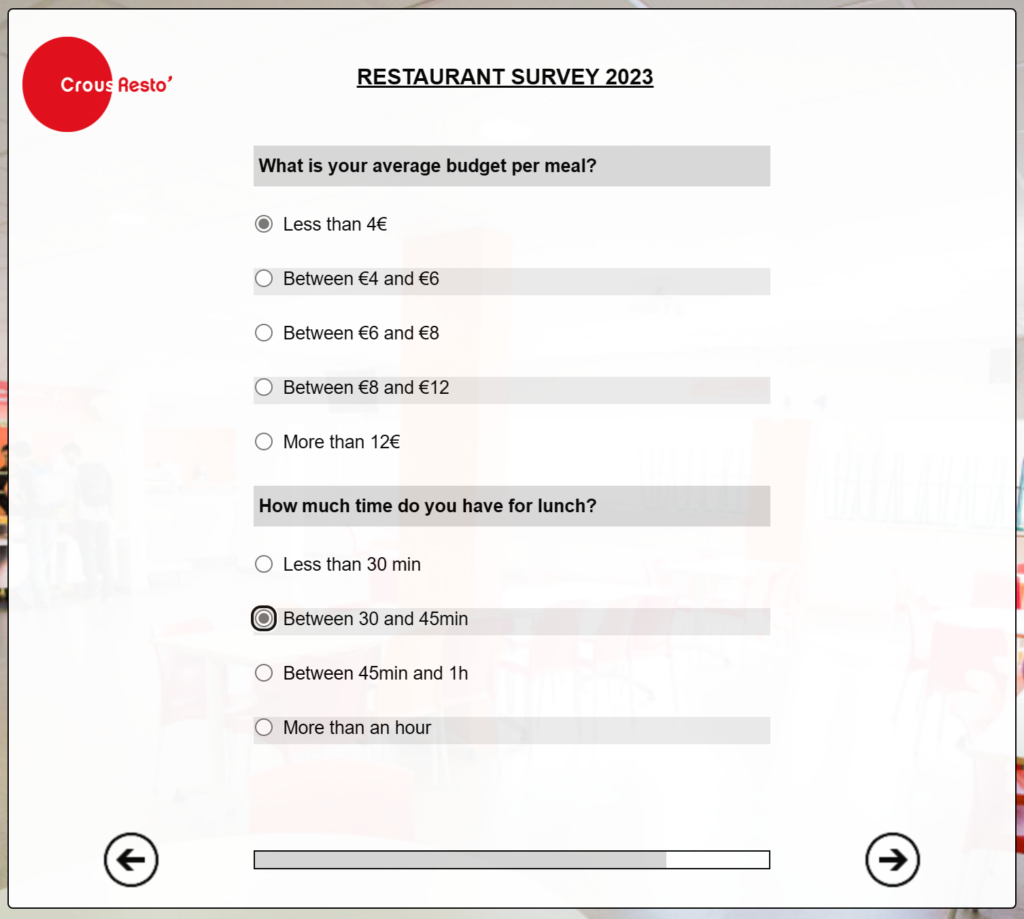
- Do you eat your meal most often ? Alone or In a group
- Apart from the Crous, where do you get your lunch from ?
- The survey also asked, on average, how much does a student plans to spend per meal.
Conclusion
To conclude, we would like to say that as the Plateau is in its early stage of development, there is an immense opportunity to make food system better for the visitors and the habitants alike, a system where each and everyone benefits. Looking at the current worldly crises, it is a crucial step to educate people about the waste management, local produce and the food they consume.
There should be more dialogues in the vicinity of Plateau around food, with food, its source, its history, the meal shared with a family far from our home.
Non-industrial farming practices should be encouraged where the habitants also feel belonged to the Plateau and are not mere passersby, where they are more connected to the soil and the land. But also by the why we consume our daily meals, not a forzen portion but a healthy peeled, chopped and cooked food.
Our food should not feel like as if we are charging our bodies like our laptops or cellular telephones. Our modern selves’ are very good indeed, at mimicing our surroundings and our daily interactions, alas, it should not be the technology we use. It will be a very cruel rendition the day we start imitating our technical objects.
Finally, can food be an agent for inclusion, we strongly believe so, if we manage to bring-in all the stakeholders and concerned pupil to play the part.